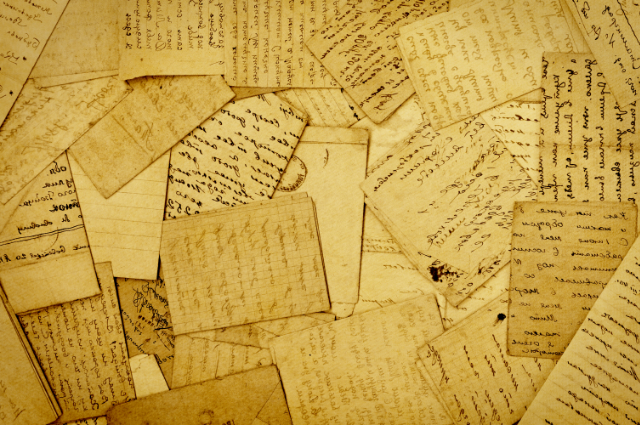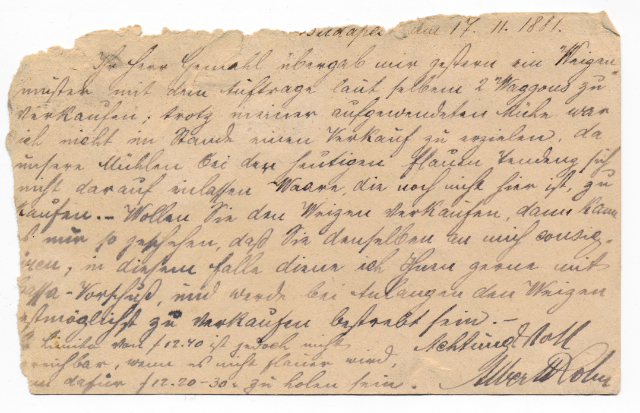
The United States Postal Service (USPS) doesn’t provide digitized copies of letters sent through its system. If you want to save your own family’s or other older letters, you’ll need to scan them at home using the appropriate equipment and software so you can later view them digitally whenever you like. This article will tell you everything you need to know about digitizing old letters from the 1920s so they can be preserved digitally and read by future generations in decades and centuries to come.
Scanning Letters
Letter-scanning services have become increasingly popular. Many services can preserve your letters so you can access them in an instant, without worrying about storing paper originals or losing them through damage or natural disaster. This is particularly important if you have decades-old papers and need to know what’s on them immediately—or if you want to share a beloved set of letters with someone who might not otherwise get to read them. A number of scanning and archiving companies provide digitized versions of old documents, including written correspondence.
Converting Old Letters into Digital Files
If you’ve got a collection of old love letters, school assignments, or baby photos that you’d like to share with your family members (and everyone else!), you can convert them into digital files using your home computer. There are two ways to do it: first, if you own an iPhone or iPad, there is a special app called Scannable which allows you to take pictures of documents and convert them into searchable PDFs.

The downside? You need an iOS device. The other option is a bit more labor-intensive—you’ll need to make sure you have good lighting for each page, scan each one separately as jpg images at high resolution (300 dpi), and then save them in a location where they won’t be accidentally deleted from your hard drive.
How to Convert Old Film into Digital Files
If you have old photo prints stored in a box or shoebox, you might want to digitize them for safekeeping. All it takes is a scanner and some inexpensive software. Here’s how to get started converting your photos into digital files:
- You’ll need to scan each image individually.
- You won’t be able to slide an entire stack of photos through.
- Pick up one sheet at a time (you can use negative carriers).
- Slide it into the carrier.
- Then set it onto your flatbed scanner glass.
- Do that several times per day for about three days straight—it adds up quickly!
To learn more about scanning letters or other documents, contact us today.
The post Scanning letters from the 1920’s appeared first on Advanced Media Integration.
